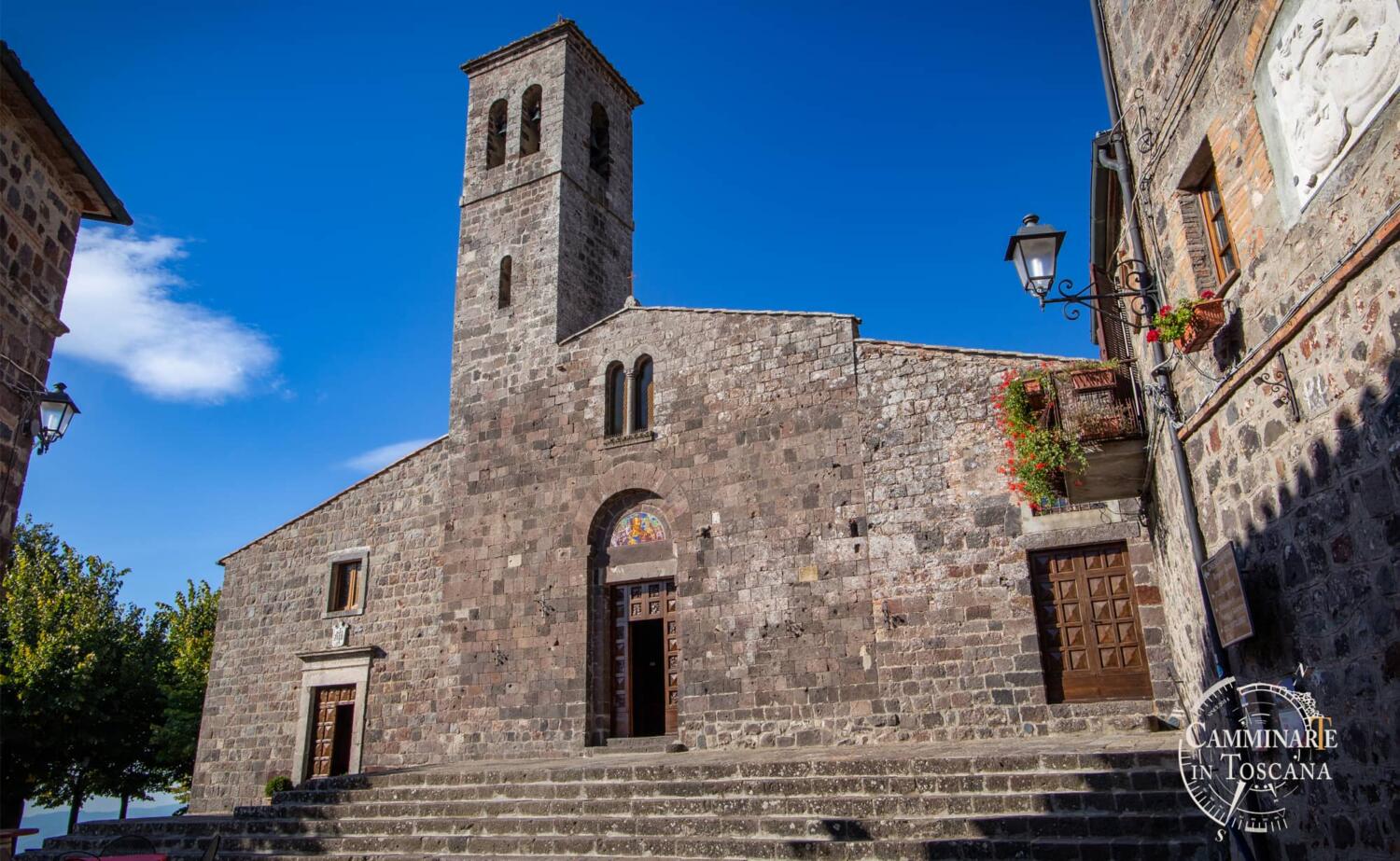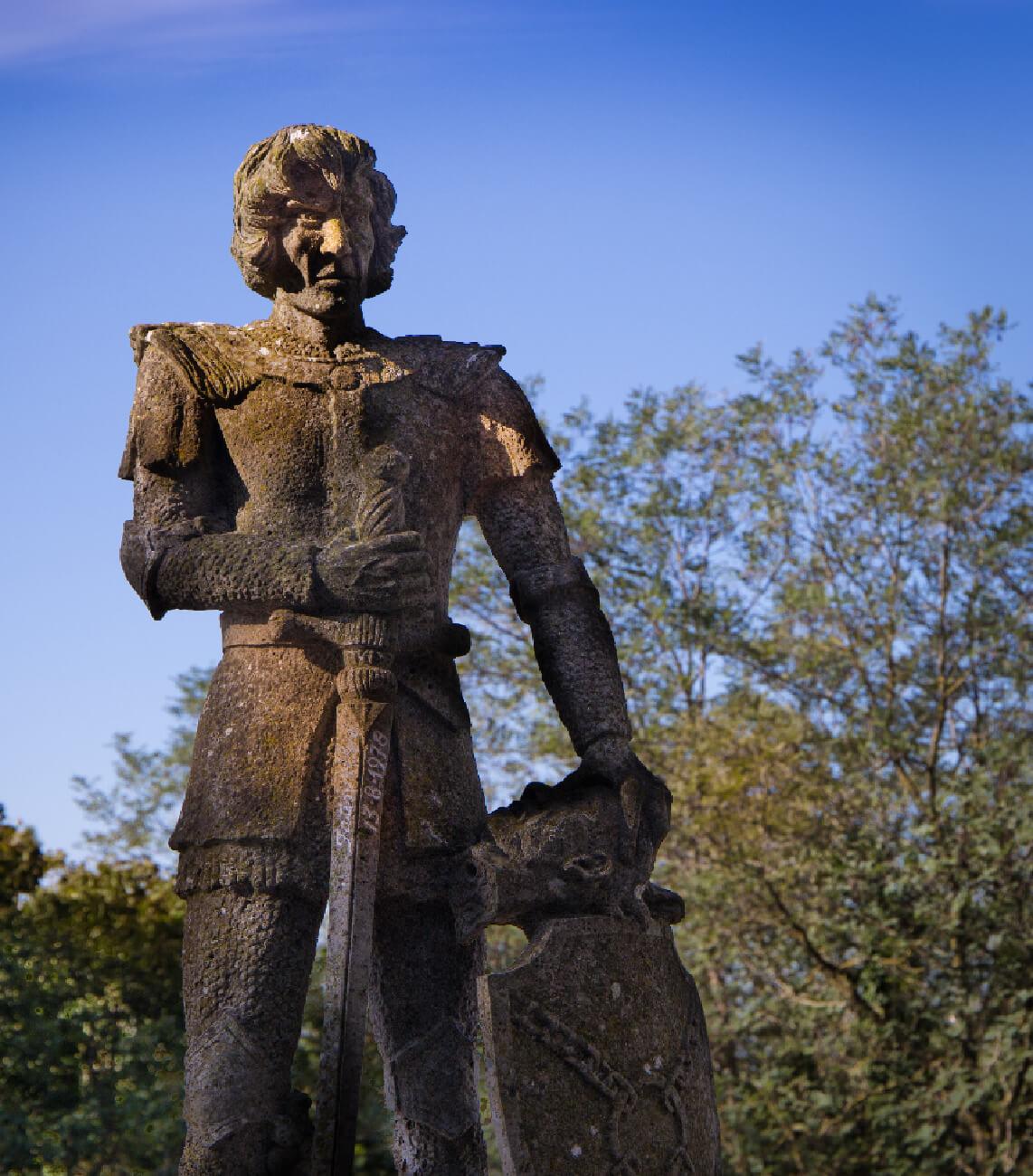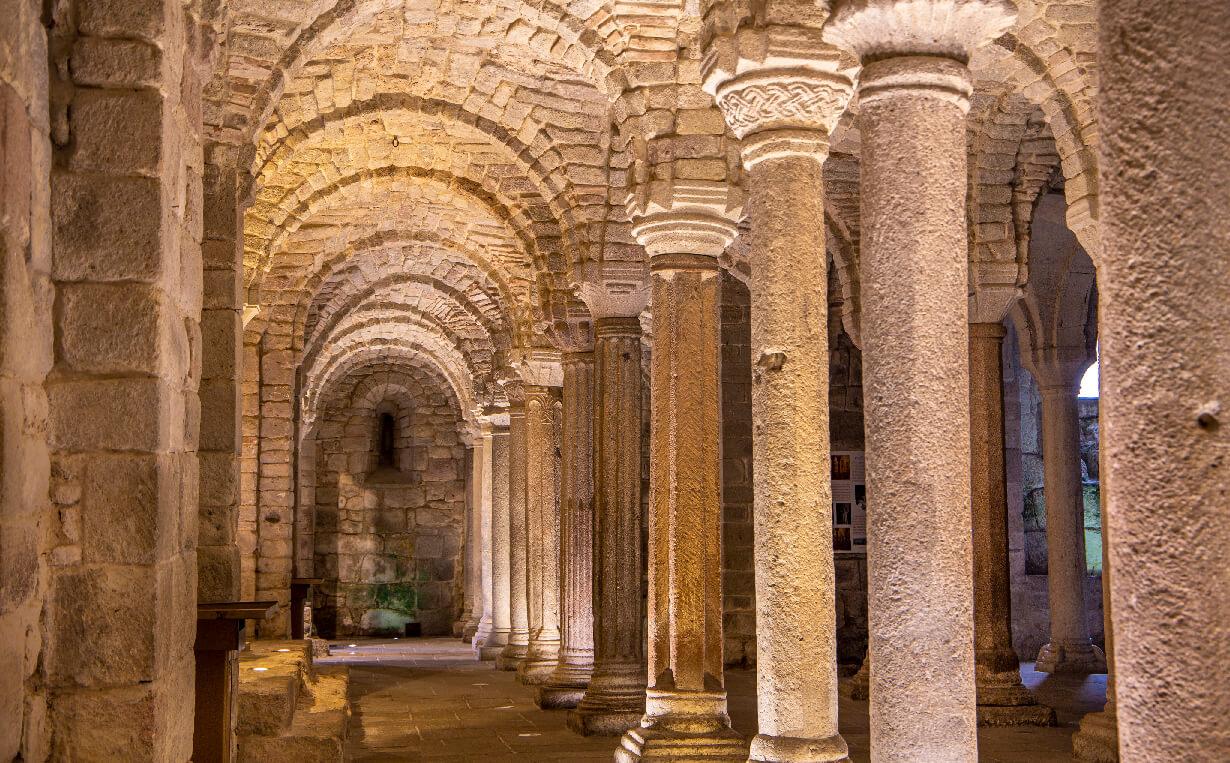Mount Amiata, enchantment beyond the Tuscan landscape
Besides the vaunted Tuscany landscape, that of cypresses and golden fields, there is a place in the region where nature is still wild and fascinating in its being difficult to tame; to discover this place you have to leave the low altitude of the Val d’Orcia hills to climb towards peaks where you can discover the history of men and their millenary civilization: all this is what you can discover by the Mount Amiata guided tour.
We start this beautiful journey from Radicofani. Approaching this village by car or bus, what will catch your attention will be the almost dreamlike view of a barren landscape, where the grey hills of the Crete stand out, continuously shaped by the erosive action of the wind.
Radicofani is a village rising 800 metres above sea level. Documented since the Iron Age, thanks to the discovery of finds that attest to the presence of settlements in the area, in the Middle Ages this place was an important control point on the Via Francigena route.
The Fortress of Radicofani
Reaching the village, the first thing you can notice is the dark colour of its buildings; this feature is due to basanite – the local volcanic stone – widely used in both civil and religious constructions. This outpost welcomed within its perched walls a rebel who came from Siena, went down in history as the”Robin Hood of the Val d’Orcia“: the rebel was called Ghino di Tacco. Through the stories I will have to tell you about this almost legendary character, you will discover the reason why he is remembered by this amusing name. The monuments that will be visited in Radicofani, such as the San Pietro church, the Sant’Agata church and the Fortress, are still clear signs of the function as outpost this village had, especially in the times when this was a ‘land border’, disputed by armies, municipalities and lordships.
The picturesque village of Abbadia San Salvatore
From Radicofani we move on with the Mount Amiata guided tour, going down to the valley to reach Bagni San Filippo. Stopping at this other well-known termal bath, we can see the so-called White Whale, a sort of rocky sediment formed by the stratifications of the sulphurous water coming out from the springs and which over time has created an image similar to a whale. Encouraged by the hot water that still flowing today, many people stop here to take a bath and relax with friends, especially at the weekends. Leaving Bagni San Filippo, we head to the village of Abbadia San Salvatore.
Centre developed in the Middle Ages around an important monastery – from which it has taken its current name – Abbadia San Salvatore is today one of the most picturesque villages in the province of Siena. A peculiarity of its historic centre is the architectonic style of the edifices is very reminiscent of the buildings in the Tuscia area – a feature due to the proximity of Abbadia San Salvatore to the area of Upper Lazio.
After visiting the historic centre, still partially enclosed by its ancient walls, we go to visit the San Salvatore Abbey, a building dating back to medieval times and in this day curated by a community of Cistercian monks.
The crypt, a wonder of the Lombard era
Once inside the church, on the main altar we can admire a beautiful wooden crucifix dating back to the Romanesque age, one of the oldest and most precious artefacts that have been preserved in Tuscany. But the real jewel of the church is its wonderful Crypt – dating back to the 8th century –, a very rare architectural testimony of the Lombard era. The ‘forest’ of columns that you will see in this environment of incredible suggestion will bring you back, with your imagination, to the time when the monks officiated religious rites under these vaults, having as light that of candles, as sound that of the songs in Latin and as a perfume that of incense. After visiting the crypt of the church, we can also see the Abbey Museum which, in addition to precious church furnishings, houses a facsimile of a great masterpiece of illuminating art, preserved in this monastery until the end of the eighteenth-century: the Amiatina Bible.
After visiting Abbadia San Salvatore, our last stop on the Monte Amiata tour will be Santa Fiora.
Located in the Grosseto area, on the other side of the great former volcano, Santa Fiora is a charming village that preserves intact the look of the medieval village where tourism has not yet distorted the slow rhythms of an intimate life, in which traditions linked to the products of excellence of the territory – Marron in the first place – give back to those who climb inside these mountains a familiar warmth no longer found elsewhere.
We start with the visit of Santa Fiora from Piazza Garibaldi, an evocative space at the heart of the community, where the municipal tower is visible, flanked by the Renaissance Palazzo Sforza Cesarini, the ancient seat of a county. We see the beautiful Santa Flora and Lucilla parish church, a building already known in the twelfth century, then rebuilt in the fifteenth century. Inside the church we will discover together the beautiful series of Della Robbia terracotta, one of the largest in the entire history of art.
We will conclude our tour of Monte Amiata with the view of a place that you would never expect: an ancient fishpond. Almost a kind of magical space, this structure, built in the Middle Ages to ensure the nutritional supply of fish for the Santafioresi, is a large tank located at the foot of the town. If the view of the fish pond is already something fascinating and romantic, it will be even more surprising to discover that the water feeding this beautiful pool comes from the floor of an ancient church located nearby. At the end of this tour of the Amiata it will seem time has really stopped here. This is where nature and history come together, giving you an image of Tuscany that would you never expected.







